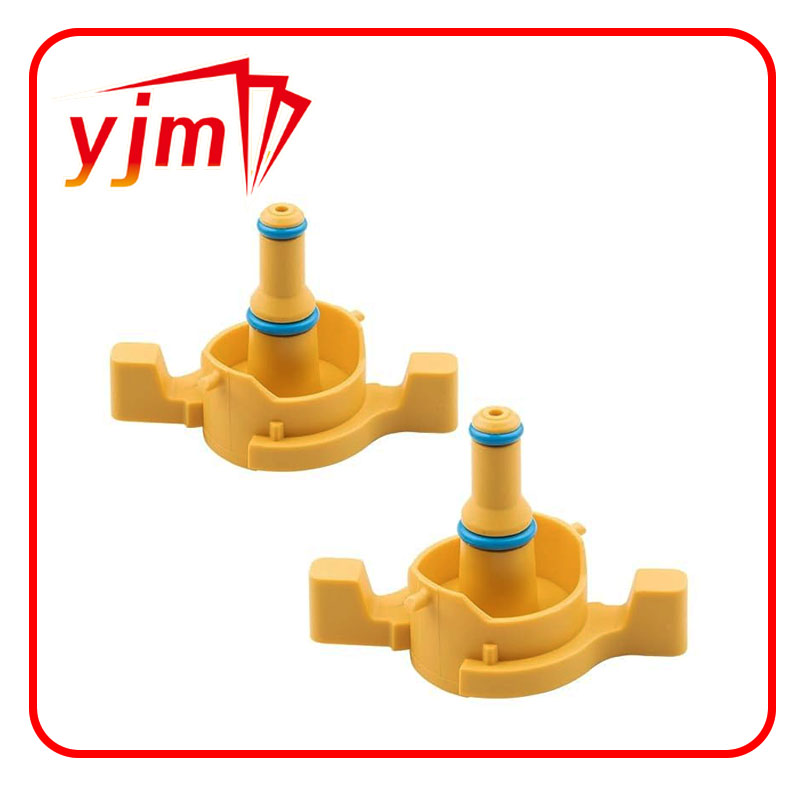Understanding Drive Shaft Oil Seals for Improved Vehicle Performance and Longevity
Understanding Drive Shaft Oil Seals Importance and Maintenance
Drive shaft oil seals play a crucial role in the functioning of vehicle drivetrains. These seals, often made of rubber or synthetic materials, are primarily designed to retain lubrication within the components of the drive shaft while preventing contaminants from entering. The integrity of oil seals is essential for ensuring optimal performance and longevity of the drive shaft system, as well as maintaining the overall health of the vehicle.
Function of Drive Shaft Oil Seals
The primary function of drive shaft oil seals is to contain lubricant within the drive shaft assembly. This lubricant is vital for reducing friction between moving parts and ensuring smooth operation. Drive shafts transmit power from the engine to the wheels, and any interruption in lubrication can lead to excessive wear and tear on the components involved. Therefore, the oil seals serve as a barrier, preventing oil from leaking out while simultaneously keeping dirt, dust, and moisture from infiltrating the assembly.
In addition to retaining lubricant, drive shaft oil seals also help in maintaining pressure within the system. This is particularly important for high-performance vehicles where the drive shaft experiences significant stress and agitation. If a seal fails, it can lead to oil leaks, which not only reduce lubrication efficiency but can also attract foreign particles, potentially causing severe damage to the drivetrain.
Common Problems with Drive Shaft Oil Seals
Over time, drive shaft oil seals can wear out due to various factors, including exposure to extreme temperatures, harsh environmental conditions, and general wear from continual use. Signs of a failing oil seal include visible oil leaks around the drive shaft and a noticeable increase in engine noise, which may indicate insufficient lubrication. Additionally, if a vehicle begins to experience handling issues or unusual vibrations, this could also signify a problem with the oil seals.
drive shaft oil seals

Ignoring a failing oil seal can lead to more severe issues such as damaged bearings, increased friction, and ultimately, failure of the drive shaft itself. This not only complicates repairs but can also be dangerous, as a malfunctioning drive shaft may lead to complete vehicle failure while on the road.
Maintenance and Replacement
Regular maintenance of drive shaft oil seals is crucial for vehicle longevity. While these seals are typically designed to last, it is wise to include an inspection as part of routine vehicle maintenance. During an oil change or drivetrain service, mechanics should check for any signs of leakage or wear on the oil seals. If any issues are detected, replacing the oil seal promptly can prevent further damage to the drivetrain.
When replacing a drive shaft oil seal, ensuring that the correct specifications are used is vital. Improper sealing can lead to further problems down the road. Professional installation is recommended, as technicians can ensure that the seal is positioned correctly and that the surrounding components are not damaged during the replacement process.
Conclusion
In summary, drive shaft oil seals are a small yet vital component of any vehicle's drivetrain. Their role in containing lubrication and preventing contaminants from entering the system is critical for the smooth operation of the vehicle. Regular maintenance and timely replacement of worn or damaged oil seals can go a long way in preserving the integrity and performance of the vehicle. By staying attentive to the condition of drive shaft oil seals, vehicle owners can avoid costly repairs and ensure a safe and enjoyable driving experience.
-
Premium Automotive Oil Seals Suppliers | Durable & Precision
News Aug.28,2025
-
Oil Drain Plug Washer Reusable Types
News Aug.22,2025
-
Oil Drain Plug Replacement Guide
News Aug.22,2025
-
Heavy Duty Seal Waterproof Features
News Aug.22,2025
-
Engine Oil Seals Installation Guide
News Aug.22,2025
-
Seal Oil for Sale High Temperature Grade
News Aug.22,2025
-
Cassette Seal Compact Design
News Aug.22,2025
Products categories















